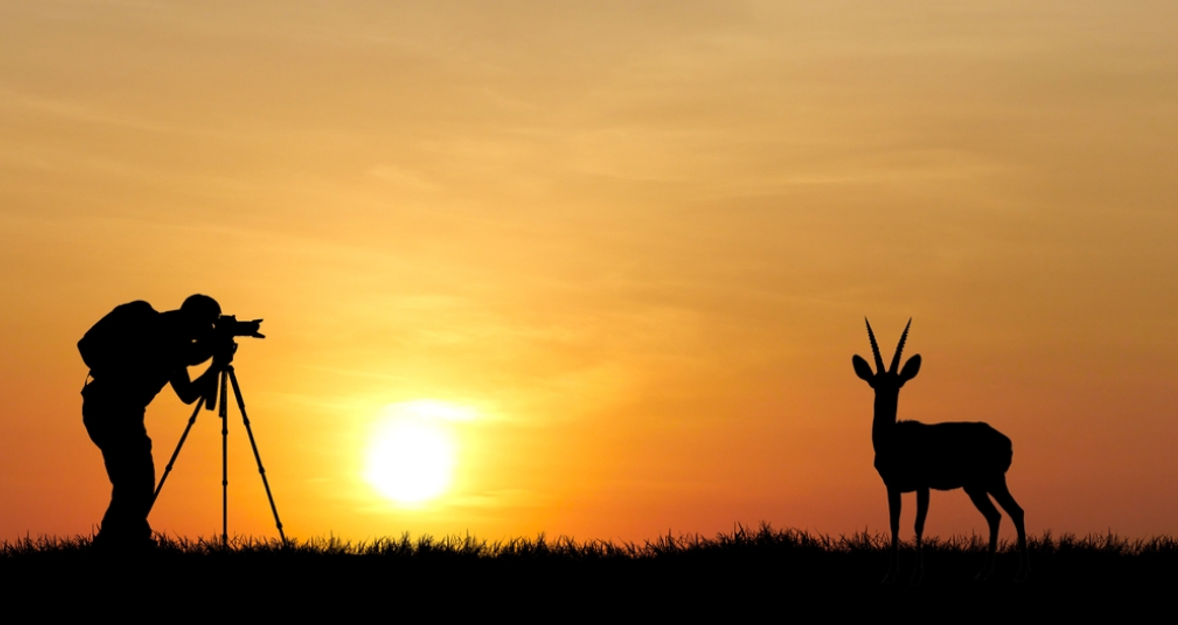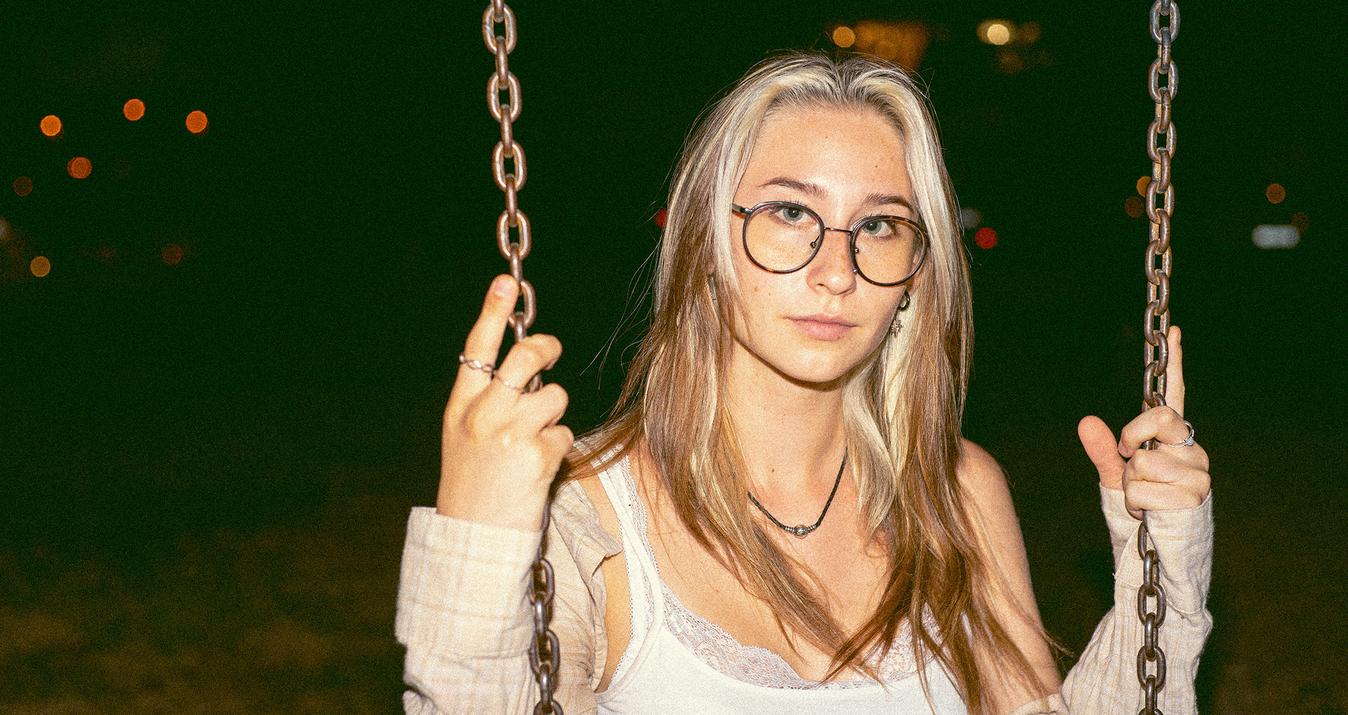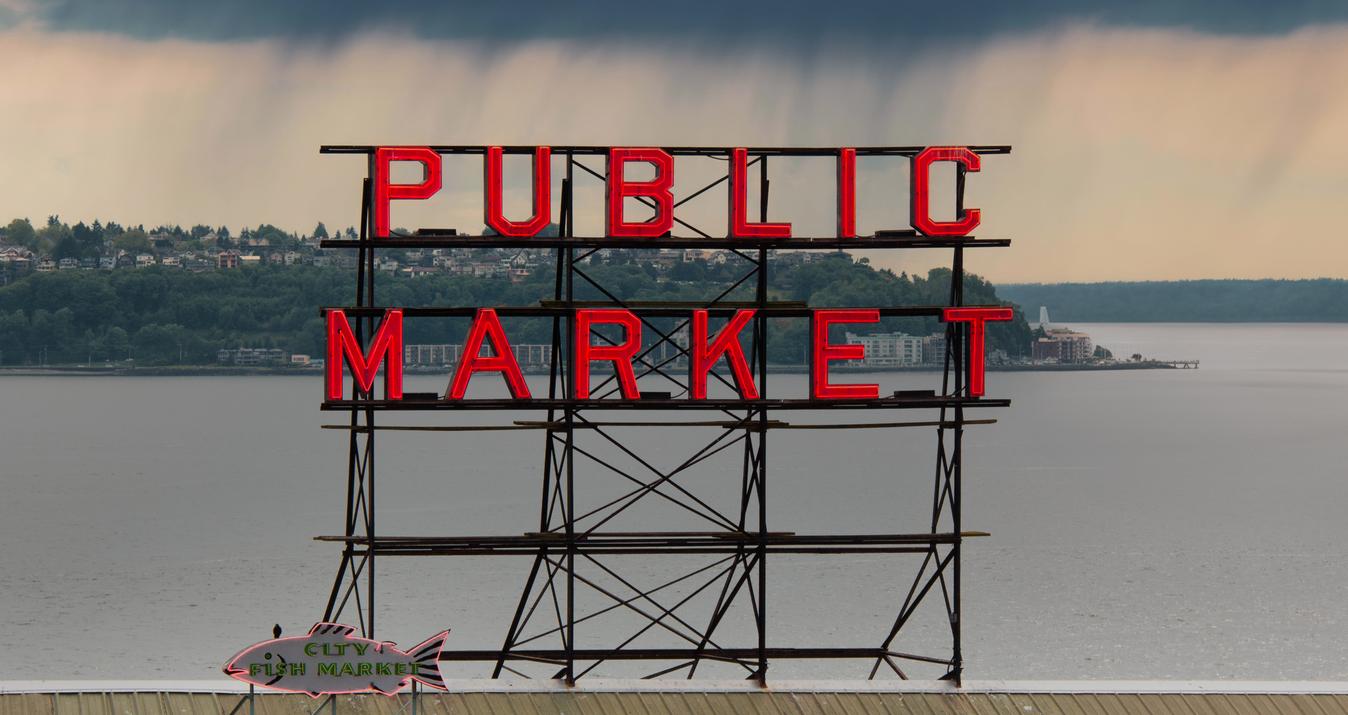Wildlife Photography Courses for Every Level
August 26, 2025

Think you need a fancy lens to capture amazing animal photos? Wildlife photography courses will show you otherwise.
There’s something special about catching a wild animal doing its thing out in nature. Maybe it’s a deer stepping into a clearing or a bird flying overhead. Those are the kind of moments you want to treasure—and that’s exactly what wildlife photography enables you to do. But let’s be realistic here, getting a good photograph isn’t as much about being lucky or having good timing.
That is where wildlife photography courses come into the picture. In this guide, we’ll walk through the best classes for every level, what you’ll learn, and how to get the most out of your experience.
Why Wildlife Photography Courses Are Worth It
 Anyone can point a camera and press a button. But when you’re shooting fast-moving animals in unpredictable environments, knowing how to use your gear becomes critical. A good course gives you confidence and a system to rely on.
Anyone can point a camera and press a button. But when you’re shooting fast-moving animals in unpredictable environments, knowing how to use your gear becomes critical. A good course gives you confidence and a system to rely on.
Here’s what you gain when you invest in learning:
A strong understanding of how your camera settings affect the final image.
The ability to anticipate natural behavior instead of reacting too late.
Techniques to work with light in challenging conditions, like forests or dusk.
Tips to respect animals and shoot ethically without stressing them out.
And perhaps most importantly, training saves you months of trial and error. You get proven advice and hands-on exercises that help you grow quickly.
Wondering if you can make a living from your wildlife shots? Discover what professional wildlife photographers actually earn and start planning your path to success.
Exclusive Tools of Endless Possibilities in One AI Editor
Explore Now!Getting Started with a Wildlife Photography Course for Beginners
 Starting something new can be overwhelming, especially when photography terms sound like a different language. That’s why a wildlife photography course for beginners is all about simplicity and clarity.
Starting something new can be overwhelming, especially when photography terms sound like a different language. That’s why a wildlife photography course for beginners is all about simplicity and clarity.
A good beginner class focuses on the following three key areas.
Getting to know your camera settings, like ISO, shutter speed, and aperture
Learning to compose shots that feel balanced and natural
Practicing patience, which is the foundation of every great wildlife photographer
If editing feels a little intimidating at first, that’s totally normal. Most beginner-friendly courses ease you into it with simple post-processing steps. You’ll learn just enough to clean up your photos and bring out the details, without making them look fake or overdone.
And here’s a little tip. You don’t have to book a trip to Africa to start practicing. Just head to your local park or even your backyard. Watch the birds, squirrels, or insects around you — they’re actually perfect subjects to learn timing, focus, and patience.
Learning From Home with Online Wildlife Photography Courses
 If you’ve got a busy schedule or reside far away from face-to-face workshops, online wildlife photography courses are a wise option. They are convenient and usually contain practical examples in order to get a clear understanding of how professionals operate in the sphere.
If you’ve got a busy schedule or reside far away from face-to-face workshops, online wildlife photography courses are a wise option. They are convenient and usually contain practical examples in order to get a clear understanding of how professionals operate in the sphere.
Things to look for in an online program:
Video lessons with clear demonstrations
Instructor feedback or photo reviews
Downloadable worksheets or cheat sheets
Assignments that you can complete at your own pace
A majority of the online courses also teach editing skills. That is when wildlife photography editing tools play an important role. Subtle edits will make hidden textures in fur or feathers become obvious without compromising the natural appearance. There are actually private groups where you can ask questions, share photos, and get helpful feedback from other learners.
Recommended Beginner Courses:
Wildlife Photography for Beginners (Udemy)
Video lessons on camera basics and exposure, with assignments and community feedback.
The Art of Nature Photography (CreativeLive)
Live demos and photo critiques, plus editing tips for natural textures.
Nature Photography Courses for the Intermediate Level
 Once you understand your gear and have a few good shots under your belt, you’ll want to dive deeper. Nature photography courses for intermediate photographers help you build more creative and technical control.
Once you understand your gear and have a few good shots under your belt, you’ll want to dive deeper. Nature photography courses for intermediate photographers help you build more creative and technical control.
At this level, courses often include:
How to track animals and predict movement
Choosing focal points that tell a stronger story
Using depth and foreground elements to guide the viewer’s eye
Adjusting to tricky conditions like fog, backlight, or fast motion
You’ll also start noticing moments where your image is good but not quite sharp enough. That’s when tools like AI image sharpening come in handy. They can help to bring out texture in fur or fine detail in feathers without making the image look unnatural. This is also where you will be encouraged to think about your own style and voice. You’re not just documenting animals anymore. You’re creating art.
Recommended Intermediate Courses:
Ultimate Field Guide to Your Wildlife Photography (Udemy)
Covers intermediate techniques like animal tracking and shooting in challenging conditions, suitable for all levels up to advanced.
The National Geographic Guide to Landscape and Wildlife Photography (The Great Courses)
Lessons on depth, focal points, and adapting to tricky environments like fog or backlight.
Advanced Wildlife Photography Courses for Career-Minded Creators
 You may be contemplating a career in photography or already a professional photographer, either way, the advanced workshops will bring you to the next level. These classes are concerned with narration and expertise.
You may be contemplating a career in photography or already a professional photographer, either way, the advanced workshops will bring you to the next level. These classes are concerned with narration and expertise.
Expect to explore topics like:
Photographing in extreme weather or remote areas
Capturing rare animal behavior or conservation stories
Building a professional-grade portfolio that gets attention
Understanding image rights, licensing, and publishing
Advanced courses also introduce more powerful editing workflows. You’ll learn how to fix small issues that can ruin a great shot. A perfect example is using tools that clean up image backgrounds while keeping the natural environment intact.
This is also when you’ll learn how to pitch your photos professionally and create long-term projects that go beyond a single shot. Plus, you’ll dive into the important ethics behind your work and how your photography can support wildlife protection.
Recommended Advanced Courses:
Secrets of Professional Wildlife Photographers (Photography Life)
Online workshop with field techniques from experts, focusing on advanced capture and editing workflows.
Wildlife Photography Workshops and Trips (Paolo Sartori Photography)
Hands-on sessions in remote locations, covering rare behaviors, conservation stories, and portfolio building.
Choosing the Right Gear for Your Level
 You don’t need the most expensive gear to start. What matters is using what you have well.
You don’t need the most expensive gear to start. What matters is using what you have well.
Here’s a guide based on your experience level.
Level | Camera Type | Lens Recommendation | Extras to Consider |
Beginner | Entry DSLR or Mirrorless | 55-250mm zoom | Basic tripod, camera bag |
Intermediate | Mirrorless or Pro DSLR | 70-300mm or 100-400mm lens | Remote shutter, rain cover |
Advanced | Full-frame DSLR or Mirrorless | Prime telephoto 500mm or longer | High-end tripod, gimbal head |
Remember, lenses are more important than the camera body in wildlife photography. A sharp lens with good reach helps you stay at a safe distance without losing quality.
Editing Tips That Make a Big Impact
 Even the best photographers rely on editing to fine-tune their images. Here are a few quick tips to help you get started:
Even the best photographers rely on editing to fine-tune their images. Here are a few quick tips to help you get started:
Keep colors natural. If a deer’s coat looks too orange, pull back saturation.
Crop sparingly. Too much cropping can hurt quality and make it feel disconnected.
Use sharpening carefully. Focus on the eyes and textures, not the entire image.
Don’t over-smooth backgrounds. It can make your subject look cut out.
If you’re unsure where to begin, try watching editing tutorials that walk through real wildlife examples. Learning by doing is the best way to improve quickly.
Your AI-Powered Photo Editor for MacOS and Windows
Discover Now!Picking the Best Course for Your Goals
 Before enrolling in any class, ask yourself a few questions:
Before enrolling in any class, ask yourself a few questions:
What am I hoping to improve or learn?
Do I prefer feedback or learning solo?
Can I commit to a schedule, or do I need a flexible option?
Am I more interested in field techniques or editing right now?
The answers will help you find the perfect match. And if you’re thinking of going professional, it’s smart to explore how much do wildlife photographers make and what skills are in demand. Courses that include marketing, licensing, or personal branding can really pay off long-term.
Summary Insights
 Wildlife photography is not just about capturing a pretty picture. It’s capturing an image of something that is significant—something true. Through your lens, you can share stories that connect humans to the wild, inspire feeling, and maybe even inspire action. Every photo is a chance to show what’s worth protecting.
Wildlife photography is not just about capturing a pretty picture. It’s capturing an image of something that is significant—something true. Through your lens, you can share stories that connect humans to the wild, inspire feeling, and maybe even inspire action. Every photo is a chance to show what’s worth protecting.
The right course can fast-track your skills, inspire your vision, and help you find your place in this powerful field. Whether you’re just picking up a camera or aiming for a National Geographic cover, wildlife photography classes out there fit you. So choose the one that meets you where you are, and start your next adventure.





